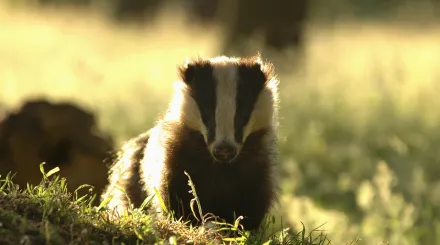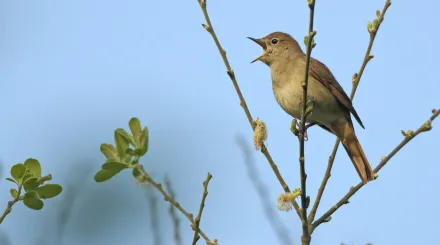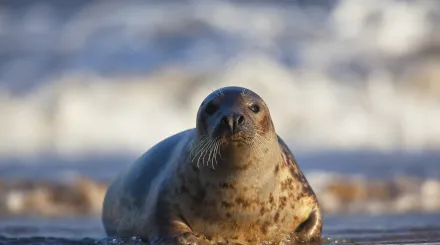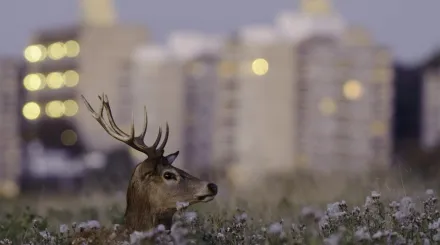Get ready to speak up for nature!
There will be a General Election before January 2025 and it's crucial that nature's voice is heard. This General Election is incredibly important for wildlife and wild spaces across the UK, and beyond. The UK is already classified as one of the world’s most nature-depleted countries, the incoming Government will be responsible for turning this around.
You can ensure nature is given the priority it deserves - whether you are a voter or a candidate, you've come to the right place! Find out all you need to know about The Wildlife Trusts' priorities and how you can act with nature in mind, below.
For Voters

Andrew Parkinson
How are your Election candidates scoring for nature?
Have you met with, or heard from, local Election candidates?
What did you think of their plans to tackle the state of nature - assuming they have plans? Are they aware of the threats to your local open spaces and prepared to defend them? Do you feel they understand how a healthy natural world supports a healthy economy and thriving society?
Leave a satisfaction score for your local candidates today...
Score your candidates 
Find a hustings event
With a general election on the horizon, have you thought about attending a hustings event? Local Wildlife Trusts are holding events in their area, look below to find one near you.
Find an event 
Photo by Neil Aldridge
Local Intelligence Hub
Your starting point for local data about MPs, public opinion and the climate and nature movement. in your constituency. Brought to you by our friends at The Climate Coalition.
Learn more For Candidates

Our priorities for the next UK Government
The Wildlife Trusts are calling upon all political parties to commit to a plan to finally halt and reverse the decline in wildlife.
Read more 
